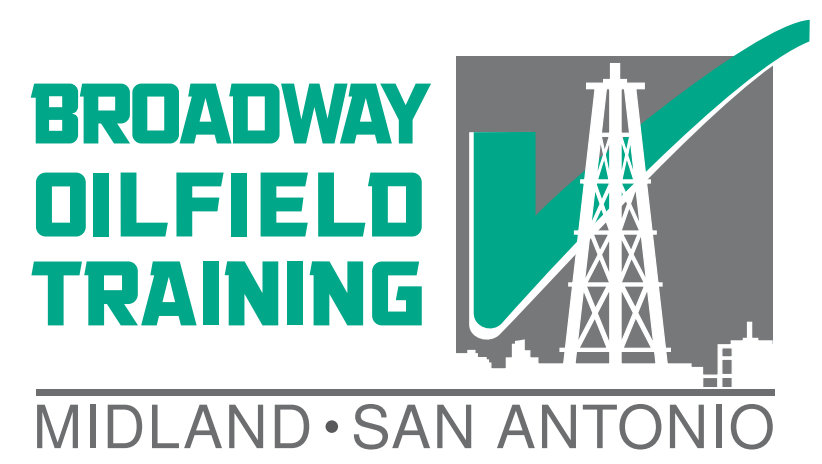The most dangerous position in the oilfield is behind the wheel.
Oilfield work has a reputation for being dangerous due to working with heavy equipment and explosive wells. These are certainly hazards, but the biggest killer in the oilfield is driving. We’ve discussed the factors contributing to the hazards of oilfield driving before. New research from the American Automobile Association is showing increased risks from fatigue due to lack of sleep:
- Six to seven hours of sleep: 1.3 times the crash risk
- Five to six hours of sleep: 1.9 times the crash risk
- Four to five hours of sleep: 4.3 times the crash risk
- Less than four hours of sleep: 11.5 times the crash risk
(AAA, http://tx-aaa.iprsoftware.com/news/missing-1-2-hours-of-sleep-doubles-crash-risk accessed 12/07/16)
Does this extra risk apply to oilfield workers? Certainly some workers in the oilfield are getting 7-8 hours of sleep each and every night, but some are getting much less. The standard rig workers’ tour is 12 hours long. This is 12 hours of working at the rig site, to get a more accurate time estimate you need to add turnover, travel time, and meetings at the yard. This does not allow for much other than work in a 24-hour period and workers must be disciplined to abstain from sleep stealing leisure activities until days off. Some workers choose instead to engage in social events, movies, and games during sleep time. These workers can be a danger to themselves and others if these leisure activities are causing fatigue.
During oilfield work there are enough hazards that one careless worker can hurt the rest of the team. When the crew truck driver is fatigued it’s more serious; the sleepy driver is literally holding the crew’s life in his hands. The results can be tragic and, unfortunately, this tragedy plays out again and again. In 2015, 5 oilfield workers from night tours were killed as they were heading home (Five dead in crash in South Texas oil field).
This risk is not limited to just workers in the oilfield. In 2014, 3 oilfield workers were killed in the morning as their van crashed into a school bus carrying children (Fatigue Linked To Dozens Of Fatal Crashes Involving Oilfield Workers).
Driving fatigued risks your own safety and the safety of other workers. Worse still, it risks the safety of people outside the industry-people who did not choose to be a part of the oilfield themselves. Workers must spend their downtime getting adequate rest as well as making sure their crew is keeping themselves sharp. can be a special challenge due to circadian rhythm disruptions as well as the difficulty of getting adequate rest while the daytime world is briskly awake.
Recommended Training: Texas SafeLand Training
Notice: Article is provided as is and for informational use only. Eagle Ford Training San Antonio, its owners, instructors, and affiliates hereto referred as the company shall have no liability for and you shall defend, indemnify and hold harmless from and against any claim loss demand, liability, obligation, and expense based upon any injury or damage, spill or pollution, product liability, or any other loss that may occur. The liability for the use of information is solely yours notwithstanding any act of error or omission by the company.
This article is provided for informational purposes only in the public interest of hydrogen sulfide, oil and gas safety, and well control. Any references to third parties are ancillary to the goal of promoting those public interests. Eagle Ford Training San Antonio is a Texas corporation and does business exclusively within the State of Texas. Texas statute provides comprehensive relief against Strategic Lawsuits Against Public Participation.
This is a non-commercial portion of the eagleford.training domain for educational purposes only. Derivative works are used under fair use without endorsement from their author.
